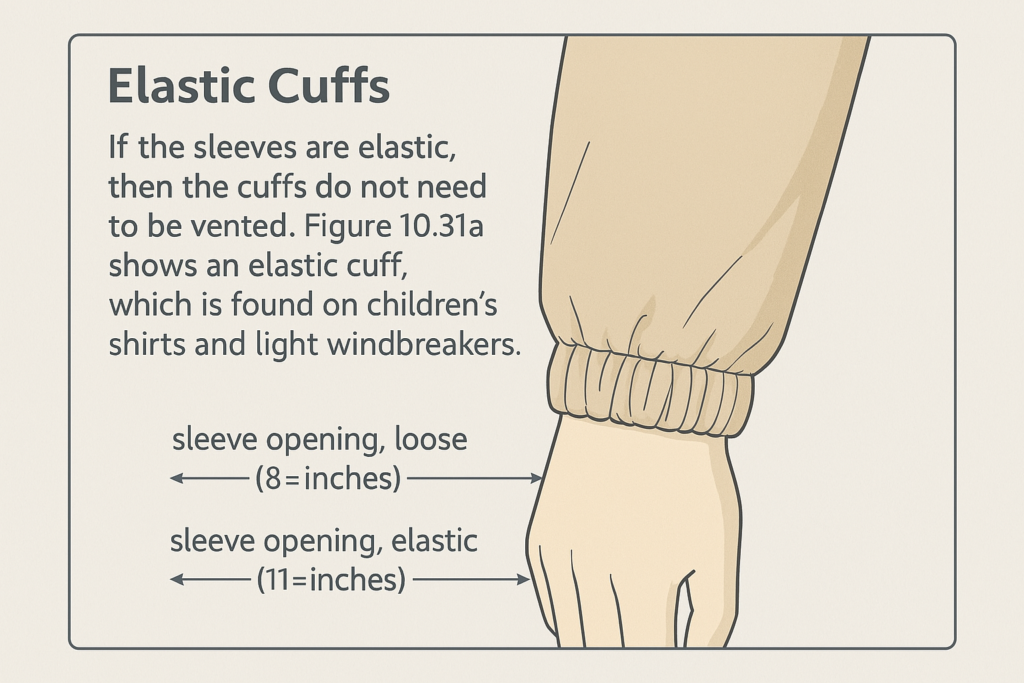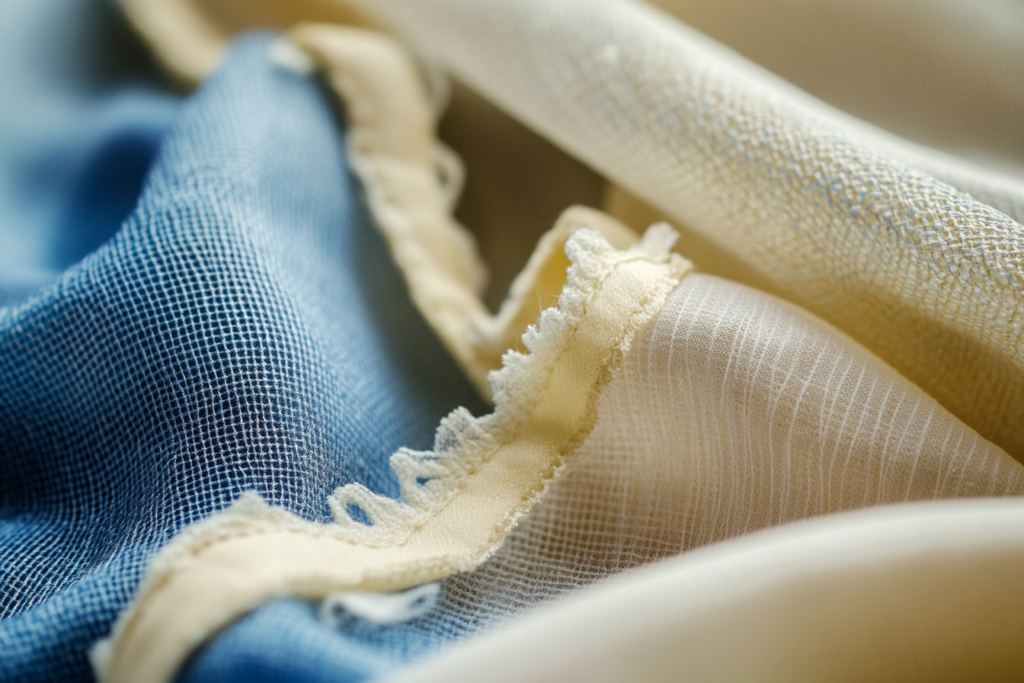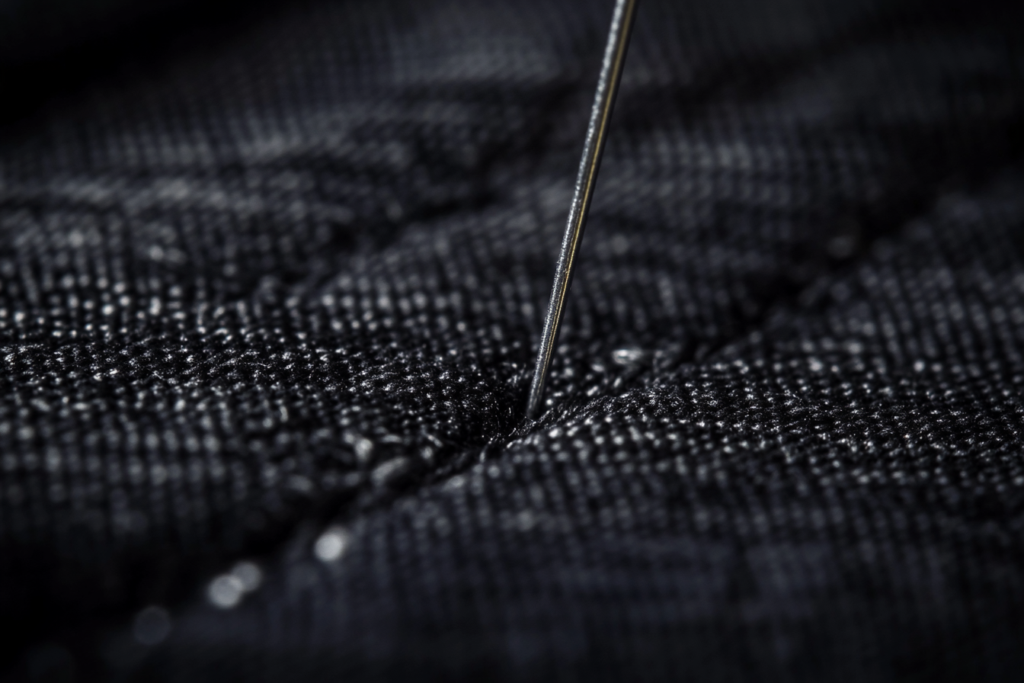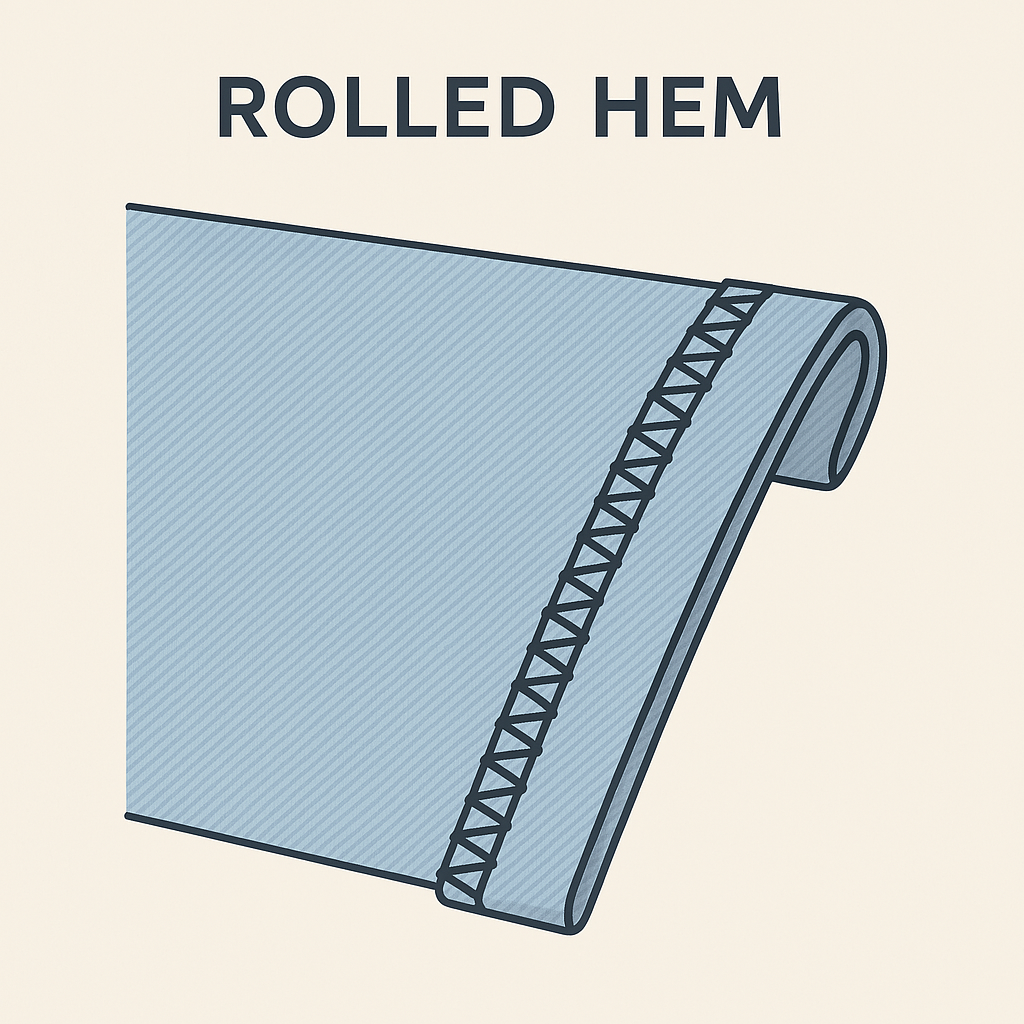Elastic Cuffs in Garment Construction: Measurement, Fit & Specification
🧵 What Are Elastic Cuffs?
Elastic cuffs are sleeve finishes that use stretchable elastic bands to comfortably fit the wrist without the need for vent openings or closures. They are commonly found in children’s shirts, windbreakers, and lightweight outerwear, offering ease of wear, adjustability, and a secure fit.
Elastic cuffs eliminate the need for plackets or buttoned slits, simplifying garment construction and increasing comfort—especially for active or growing wearers.
✂️ When to Use Elastic Cuffs
Elastic cuffs are ideal for:
- Children’s apparel (easy to wear/remove)
- Lightweight jackets and windbreakers
- Sleepwear and loungewear
- Sportswear and uniforms
- Casual or budget garments
📌 Elastic cuffs are both cost-effective and functional, especially for garments requiring frequent wear or movement.
📐 Elastic Cuff Specification & Sizing
When designing elastic cuffs, two essential measurements must be recorded on the garment spec sheet:
| Measurement Type | Description | Example |
|---|---|---|
| Sleeve Opening (Loose) | The wrist circumference when the elastic is relaxed | 8 inches |
| Sleeve Opening (Stretch) | The maximum expanded circumference the elastic can comfortably reach | 11 inches |
These values help the pattern maker determine the appropriate width of the cuff and the length of elastic needed for a specific garment size.
🧷 Why These Measurements Matter
- “Loose” size ensures that the cuff won’t be tight or restrictive
- “Stretch” size defines the maximum expansion and comfort range
- These measurements must be listed digitally on the specification sheet, not drawn by hand
- Sizing varies with garment type, fabric elasticity, and target demographic (e.g., toddlers vs. adults)
🎯 For consistent production, these numbers are critical—especially when creating multiple sizes in a tech pack.
👗 Elastic Cuff Use Table
| Garment Type | Cuff Finish | Elastic Used | Requires Slit? | Measurement Spec Required |
|---|---|---|---|---|
| Children’s Shirts | Elastic Cuff | Soft Knit | ❌ | ✅ |
| Windbreakers | Elastic Cuff | Flat Woven | ❌ | ✅ |
| Pajama Tops | Elastic Cuff | Knit Elastic | ❌ | ✅ |
| Casual Hoodies | Knit Cuff | Rib Knit | ❌ | ✅ |
| Lightweight Uniforms | Elastic Cuff | Braided Elastic | ❌ | ✅ |
🌟 Advantages of Elastic Cuffs
✔️ Eliminates the need for sleeve slits or button plackets
✔️ Allows quick on/off for children or athletes
✔️ Cost-efficient for high-volume production
✔️ Reduces bulk in sleeve construction
✔️ Easily scalable across sizes with measurement adjustments
📌 Summary
Elastic cuffs offer a practical, stretch-friendly solution for finishing sleeves on lightweight and active garments. By specifying two key measurements—sleeve opening (loose) and sleeve opening (stretch)—designers and pattern makers ensure the cuff fits comfortably while remaining easy to produce. Whether used in children’s clothing or functional outerwear, elastic cuffs are a simple, efficient, and versatile choice for modern apparel construction.




